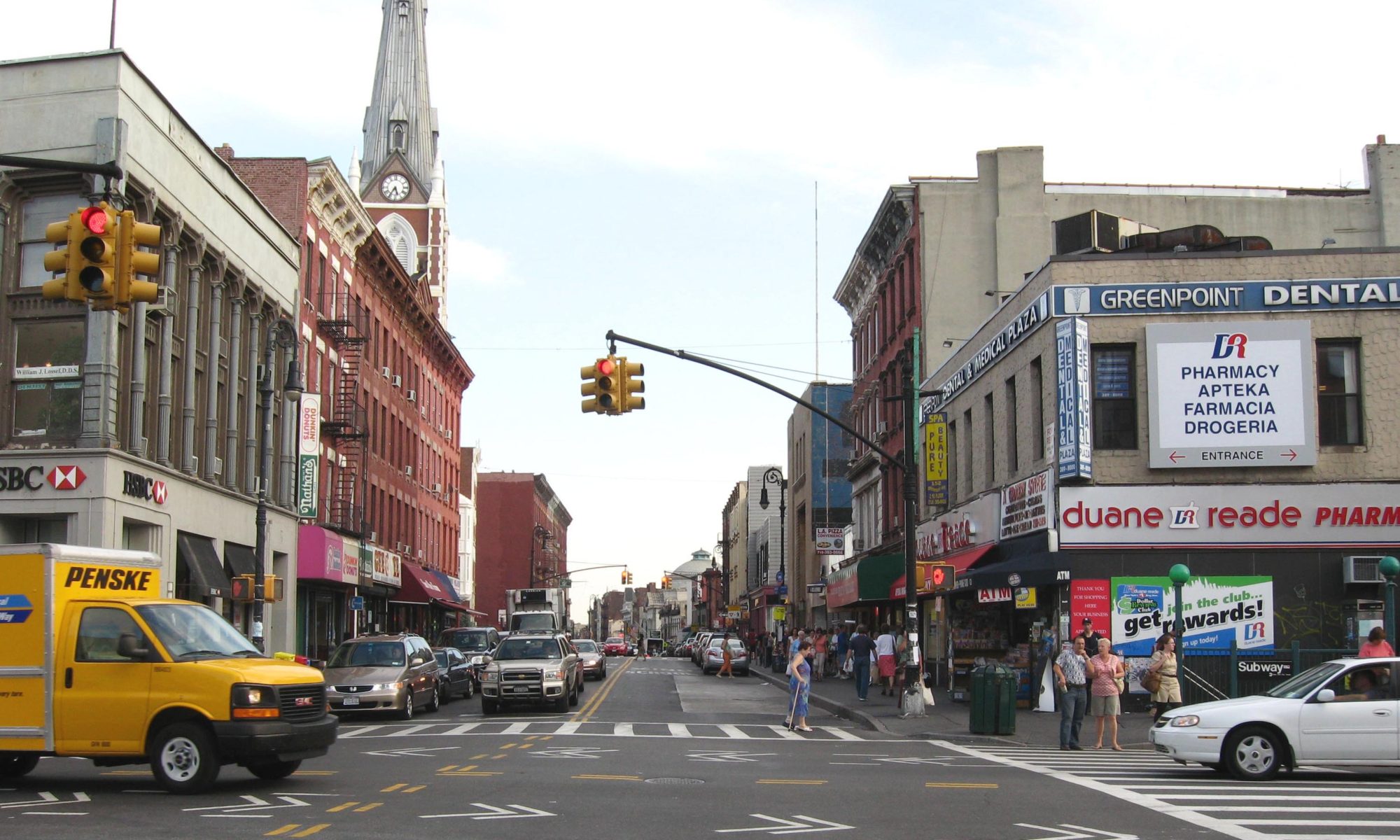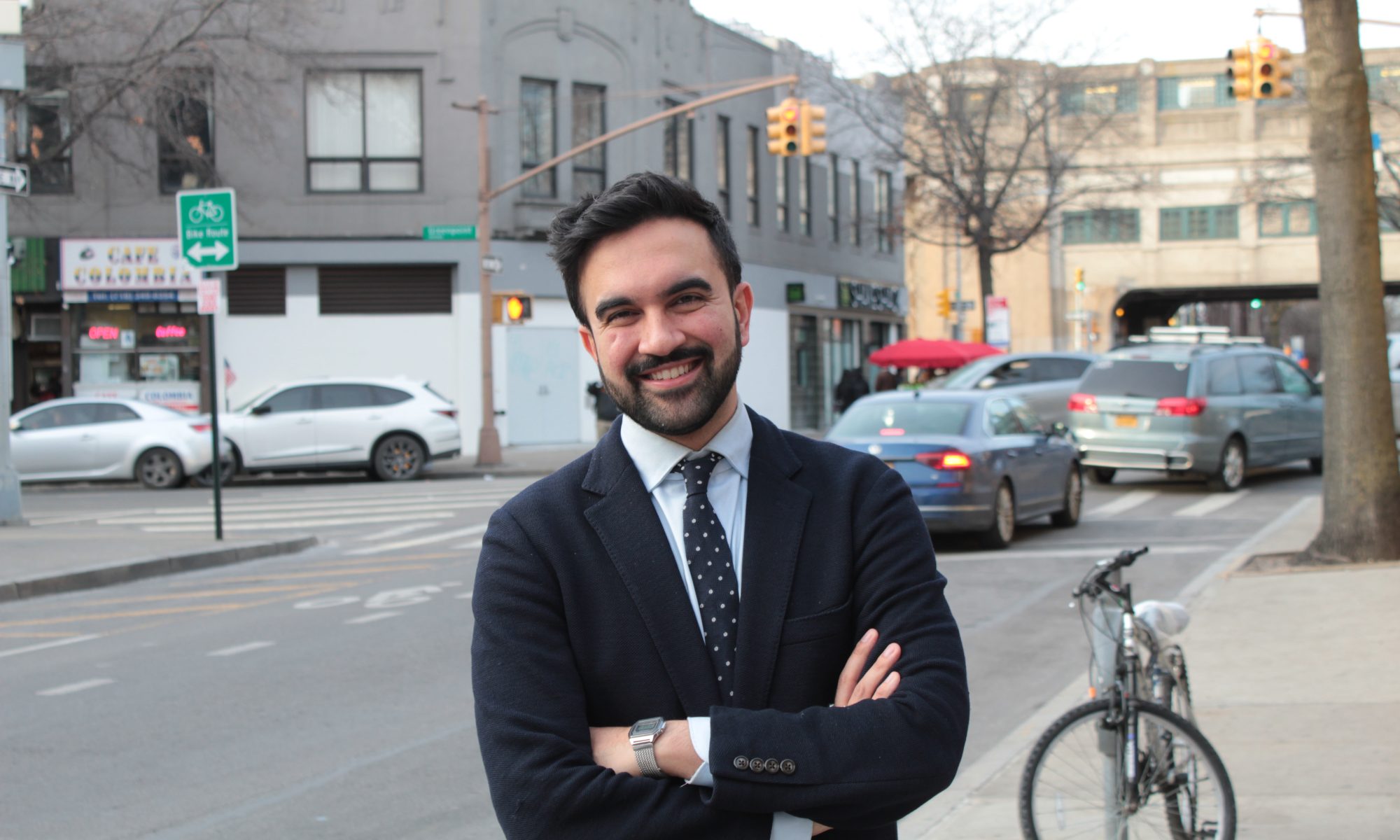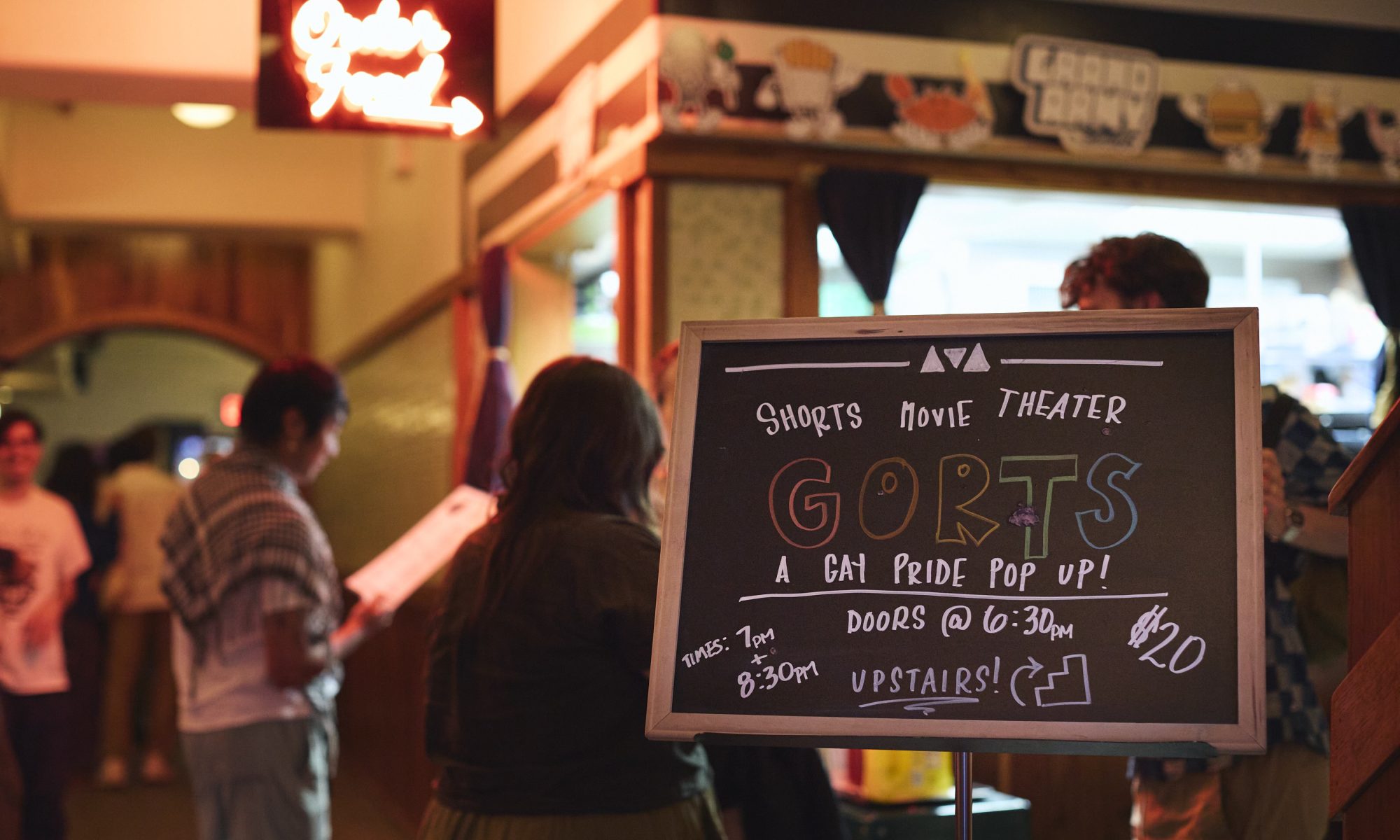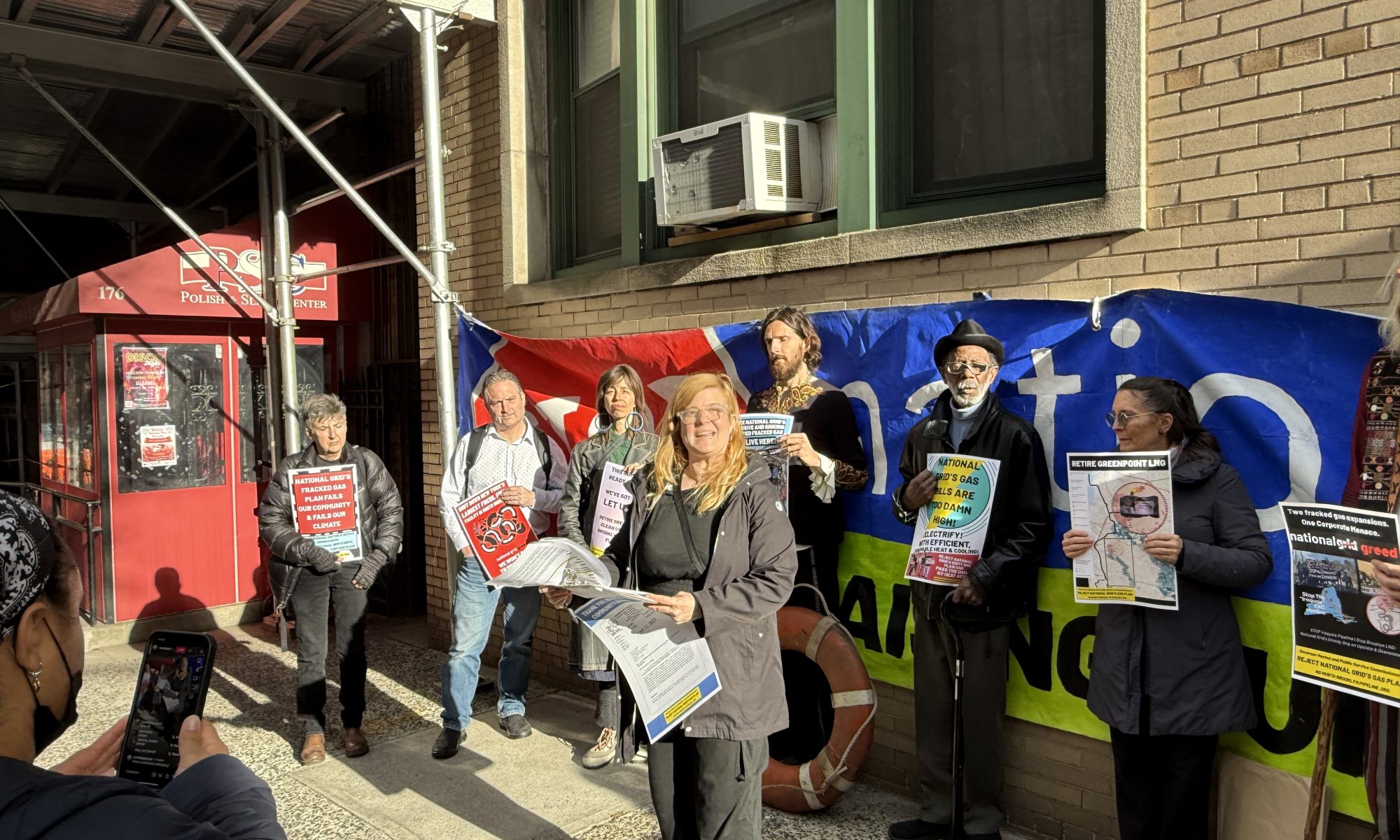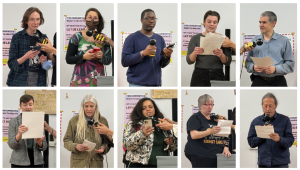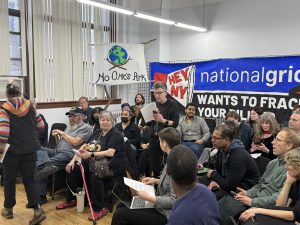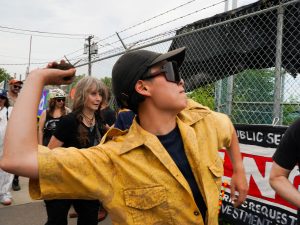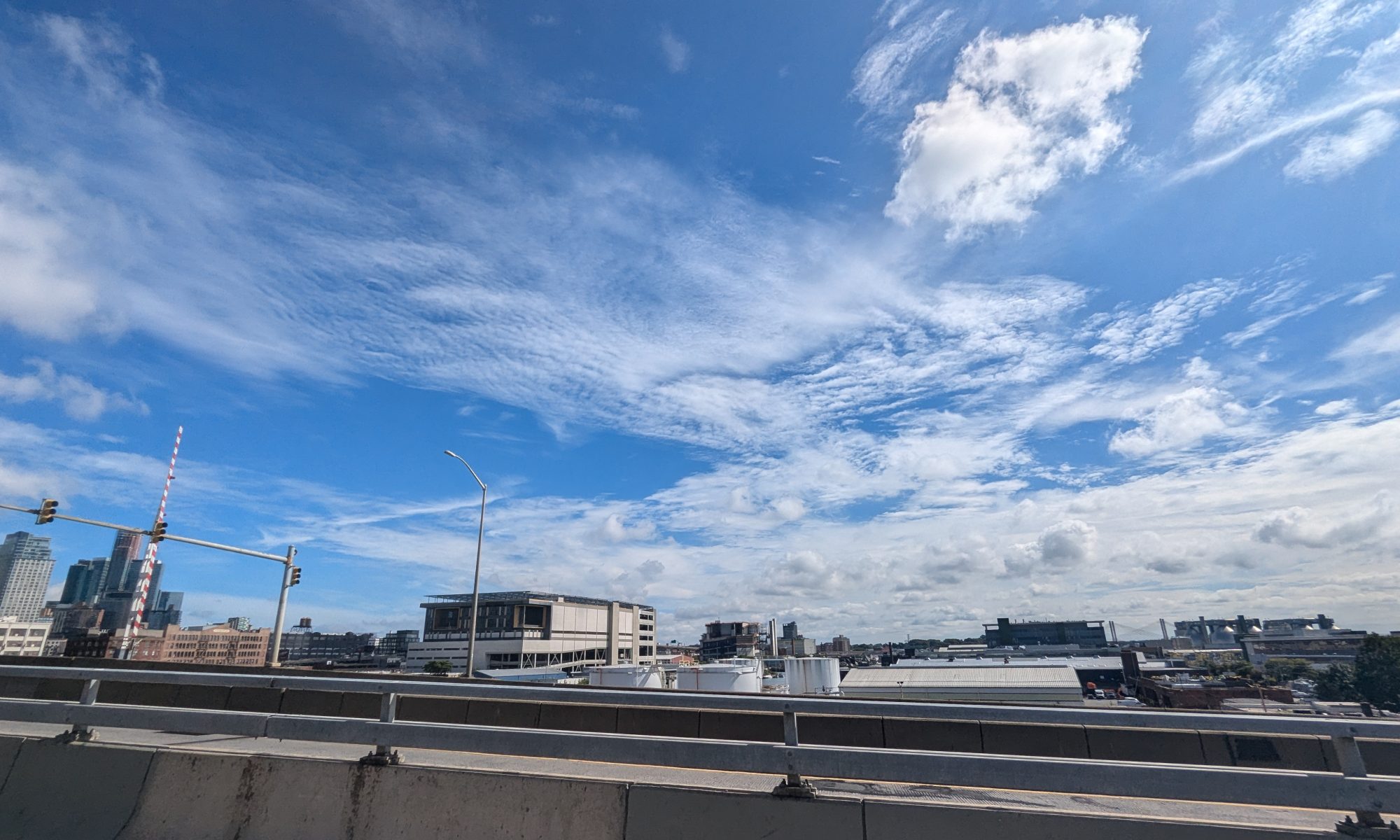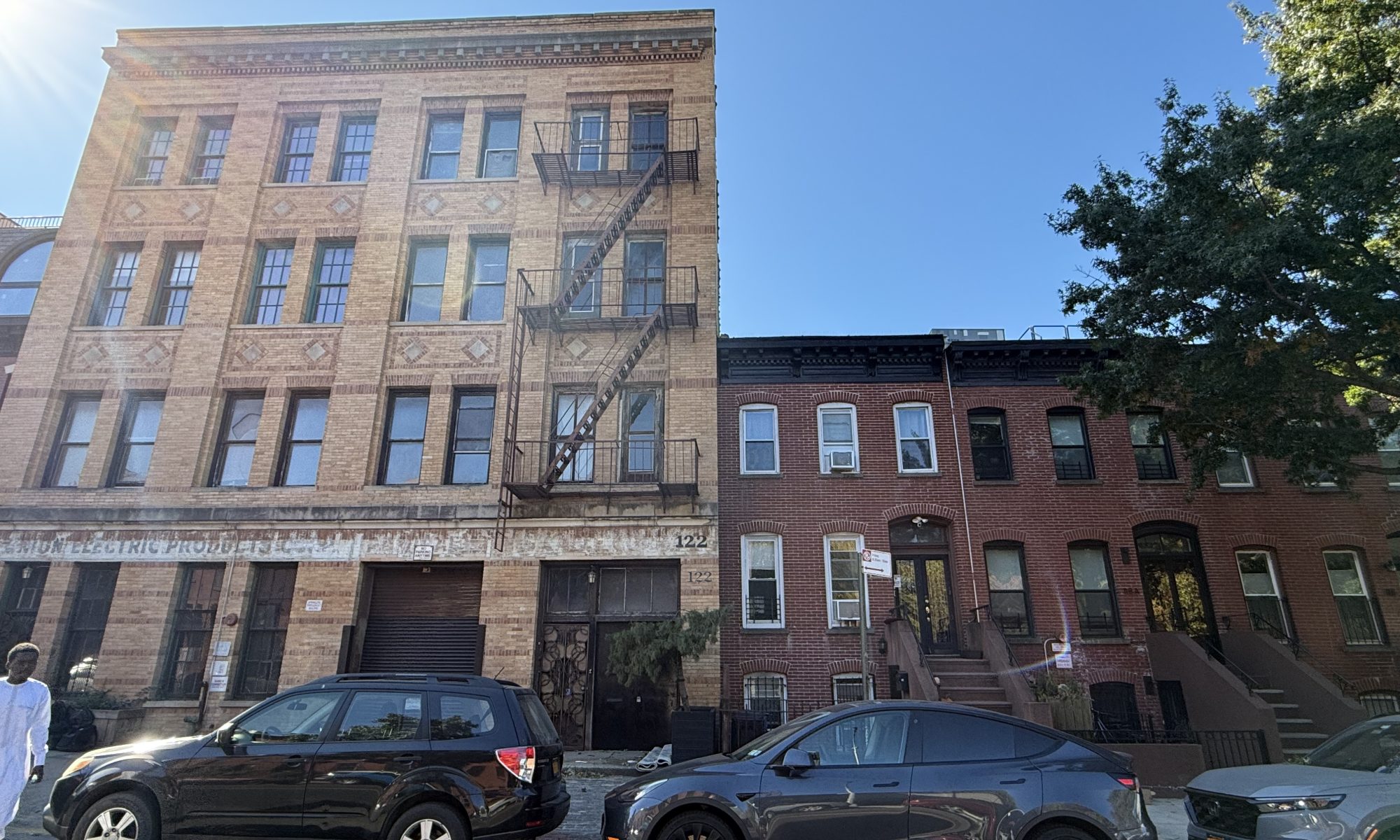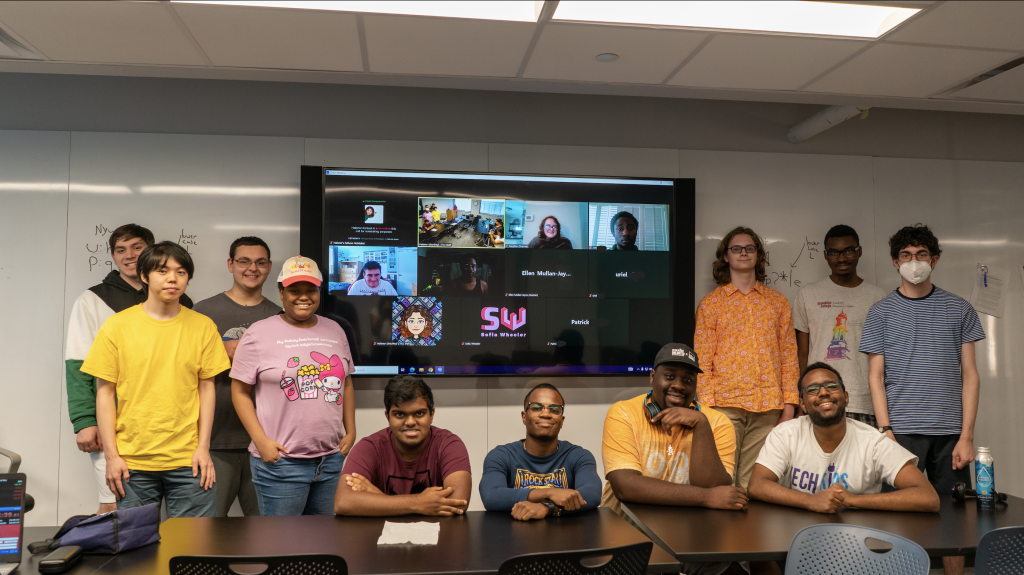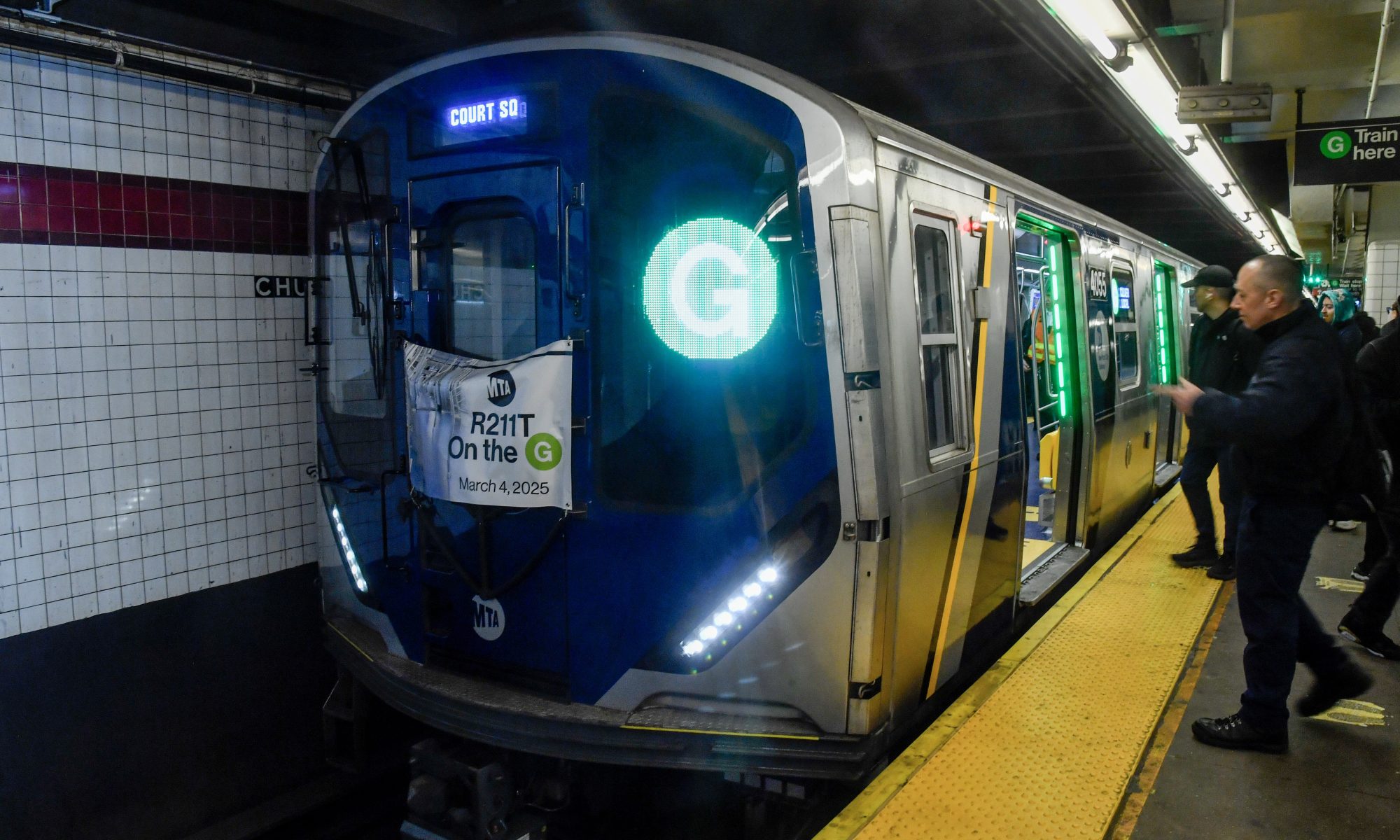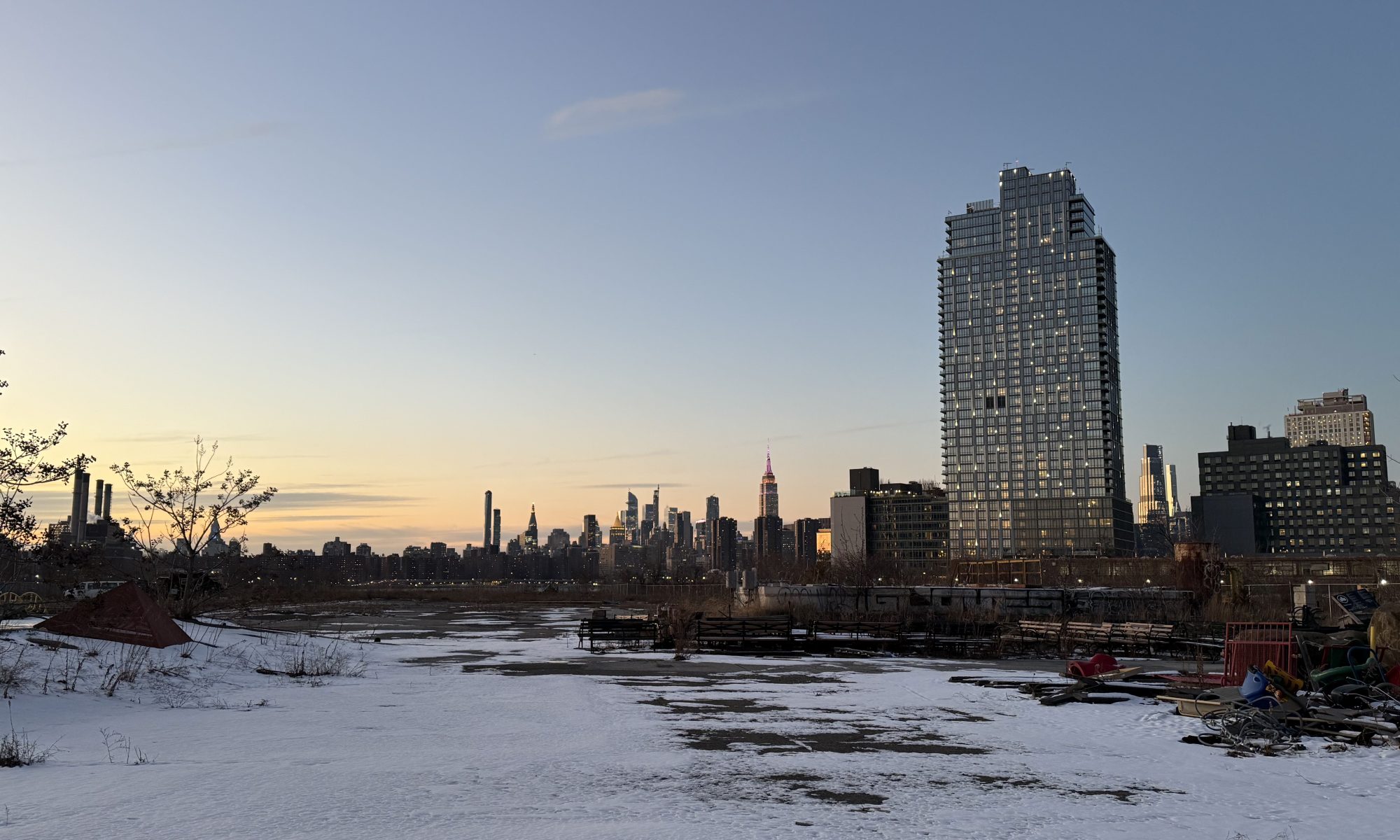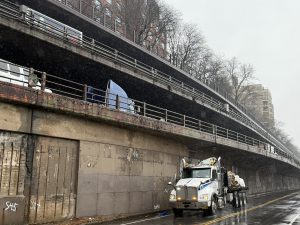By JACK DELANEY | jdelaney@queensledger.com
In the wake of Zohran Mamdani’s win in the Democratic mayoral primary this week, we’re reposting the Star’s roundtable with him from March. While many then considered him a long shot, all of the components — the catchy (albeit ambitious) platform, social media savvy, and relentlessly optimistic vision for the city — were already on display during our wide-ranging conversation. Read on for insight into how the state rep approached his campaign, and what the past suggests about his ability to make his viral ideas a reality. (Plus: miscellanea about his early love of journalism, cricket skills, and a 2017 race “that changed my life.”)
If state Assemblyman Zohran Mamdani becomes mayor this November, the decisive moment may have come years earlier, over a meal at King of Falafel in 2021.
But first, some context. Growing up, Mamdani had friends whose dads were living through a “crisis that everyone seemed to understand, but no one did anything about.” They were New York taxi drivers, and by the mid-2000s three forces had conspired to burden them with enormous debts: first, the Bloomberg administration inflated the price of medallions, from $200,000 in 2002 to upwards of $1,000,000 in 2014, to generate more revenue.
Soon after, a flood of competition from Uber and Lyft diluted the medallions’ value even as their cost rose. To cap it all off, predatory lenders who had been barred from the housing market swooped in to offer cabbies, 94% of whom are immigrants, loans that would entrap them even further. By 2021, the average driver was $550,000 in the red, and suicide rates had skyrocketed. “I’m going to be enslaved for the rest of my life,” NBC quoted one medallion owner as saying. “[It’s] not only that I will never be able to pay it off — my kids will never be able to pay it off.”
If you lived in Astoria or Long Island City in 2020, you probably received a mailer from Mamdani with a bold promise: if elected to the state assembly, he would cancel excessive taxi medallion debt. It was the sort of splashy proposal that politicians often bandy about, and it worked — his campaign was successful. So a year later, when Mayor Bill de Blasio put forward a plan to earmark $500 million for debt relief, it could have been a victory lap, a box checked.
Instead, Mamdani pressed de Blasio on the details, and began meeting with the taxi drivers’ union, NYTWA, which said the mayor’s proposal was mostly cosmetic. These conversations culminated in 45 days of consecutive protests outside City Hall, at which Mamdani was arrested for civil disobedience, followed by a joint 15-day hunger strike with five other lawmakers that forced the city, against all odds, to accept the taxi drivers’ demands. Though problems with lenders remain, some 2,000 drivers have seen their debts reduced to $200,000 through the resulting deal.

During the Star’s recent roundtable with Mamdani, he was quick to critique former Governor Andrew Cuomo, the current mayoral frontrunner, saying that “[his] early strength in polls is more a reflection of the mythology of [Cuomo], of nostalgia for his press conferences, than of an actual inspection of his record.” But politics is as much about myths as it is policy, and Mamdani’s fight against medallion debt is one such myth — a story that he will likely tell and retell in the lead-up to the election. The drama of the hunger strike captures his broad pitch to voters, which is that he, unlike both Cuomo and Mayor Eric Adams, is in tune with the struggles of working class New Yorkers and willing to put himself on the line for them.
But just as instructive as the dramatic finale is a quieter episode — after Mamdani questioned de Blasio and before the protests began — when he met Senator Chuck Schumer for lunch at Astoria’s King of Falafel. Once they’d finished eating, Mamdani asked Schumer if he’d take a ride with a cabbie named Richard Chow whose brother, a driver laden with debt, had died of suicide, and who himself had hundreds of thousands of dollars to pay off from loans he took to buy his medallion. Schumer agreed. Based on that experience, Mamdani said, the senator joined the push for debt relief and bartered with the mayor’s office, a major factor in the eventual deal.
“There’s a sadness in knowing that every time you finish a case, there will be another case and a different name, a different person, different specifics.” – on his time as a foreclosure counselor.
Four years later, much has changed. Mamdani, whose association with the smaller Democratic Socialists of America (DSA) party has isolated him in Albany, has ridden similarly attention-grabbing promises on social media — free buses, frozen rents, city-owned grocery stores — to go from an upset candidate for mayor to second in the polls, chasing only Cuomo. Last fall, fellow socialists including Assemblywoman Emily Gallagher were saying that his campaign “could be ruinous,” playing spoiler to other progressives with a more realistic shot; now even the New York Post, leery of the DSA, considers him “a serious contender.”
Mamdani, 33, grew up in both Uganda and South Africa before moving to New York at age seven, when his father accepted a teaching job at Columbia University. He went to middle school in Morningside Heights, right by the university, and attended Bronx High School of Science, where he fell in love with journalism. He was also passionate about sports: he captained the soccer team, and co-founded Bronx Science’s cricket team. (To this day, Mamdani is an ardent fan of the soccer team Arsenal — his uncle inducted him into the ranks when he was eight, and he’s been a supporter ever since. His current favorite player is Martin Odegaard, whom he calls the “conductor of the team,” while his childhood pick was Thierry Henry.)
After majoring in Africana Studies at Bowdoin College, Mamdani cut his teeth as an organizer for Change Corps, a precursor to NYPIRG that billed itself as a “training ground for activists.” He ran phone banks for vulnerable senate Democrats out of Seattle, Houston, and lastly Denver, where he tried to unionize with fellow organizers before leaving amid mass firings that ensued. Following a stint in the music and film industries — including a single called “Nani,”released under the pseudonym “Mr. Cardamom,” that received a New York Times write-up— Mamdani knocked on doors for city council candidate Ali Najmi in 2015, and started to “to get a sense of [his] place in the world of local politics.” Yet it was the next race he worked on, a 2017 city council bid by Lutheran minister Khader El-Yateem in South Brooklyn, that set him on his current path.
“That was the campaign that changed my life,” said Mamdani. “I always knew I was a New Yorker. [But] I didn’t know how my politics fit into New York City, and here was this Palestinian man who was vocal in his support for universal human rights, and tying it also to the fight for a more affordable city for working class people, fighting back against corporate interests.”
Mamdani briefly left politics in 2018, to work as a foreclosure-prevention counselor in Jackson Heights and Richmond Hill. The ever-present issue while canvassing had been housing, and this job seemed like a way to tackle those problems directly. “There’s a sadness in knowing that every time you finish a case, there will be another case and a different name, a different person, different specifics,” recalled Mamdani. Still, he was proud that as the only counselor at his organization who spoke Hindi and Urdu, he was able to reach people who weren’t aware that a lien was about to be placed on their home, and help them negotiate with lenders.
At the roundtable, Mamdani repeatedly said that “politics shouldn’t require translation,” a soundbite he’s returned to throughout the nascent mayoral race. The assemblyman’s experience as a housing counselor helps explain why that principle is meaningful to him — and his current campaign’s heavy focus on social media, racking up about 7 million views to date across all platforms, can be seen as an extension of that ethic.

“No matter your age, everyone lives on their phone. And it’s an opportunity to tell your story as to what it is you’re fighting for,” said Mamdani, “[even] if that means jumping into ice cold water in a suit bought from Steinway Thrift — $30, incredible deal, I recommend it to all — to speak about a rent freeze.”
Roughly seven months out from the elections, the strategy is already paying off. Mamdani has raised $3.8 million in the last filing period, more than any other campaign, through contributions from more donors than every other candidate combined. His nearly 5000 volunteers have knocked on 60,000 doors, and the barrage of short-form videos about his proposed policies has pulled him neck-and-neck with other, more established contenders like Comptroller Brad Lander.
“I always knew I was a New Yorker. [But] I didn’t know how my politics fit into New York City, and here was this Palestinian man who was vocal in his support for universal human rights, and tying it also to the fight for a more affordable city for working class people, fighting back against corporate interests.” – on working for city council candidate Khader El-Yateem in 2017.
The several-hundred-million dollar question — in some cases billion — is how Mamdani would pay for these blockbuster initiatives if elected. One of his trademark proposals is to abolish the fare for MTA buses, which he said will not only relieve financial pressure from low-income commuters, but also reduce crime and speed up routes by allowing for all-door boarding. Data from a multi-borough pilot program last year largely buttressed these claims. The only catch? He estimates that it would cost the city about $650 million per year to forego bus fares.
Mamdani’s critics say that, as with other socialists, his ideas require spending that’s not feasible. In an interview on The Point in December, Marcia Kramer appeared skeptical that his schemes for drumming up funds, which could include collecting back payments from landlords, would be enough to foot the bill. But the medallion debt deal was a tough sell, costing the city $100 million. And though easy to gloss over, Mamdani’s well-timed alliance with Schumer suggests that the Queens assemblyman may have a more pragmatic bent than his catchy, rapid-fire TikToks might convey.
Every candidate, from the progressive state Senator Zellnor Myrie to the centrist Cuomo, has promised to take drastic measures to make New York less expensive to live in. Mamdani’s proposals may be the most eye-catching, but the elephant in the room is President Donald Trump — whichever politician wins will have to negotiate with a federal government that is loath to offer any funding, let alone for a line item like city-owned grocery stores.
Mamdani has avoided buzzwords on the campaign trail, pitching a larger tent as he courts a wide range of supporters. “As the mayor, you represent all New Yorkers,” he told the Star. “Ultimately, your responsibility is to deliver for those New Yorkers, and what I’ve said does not mean a reflexive position of opposition to a federal administration. It means a willingness to be critical, to be oppositional, to fight, when that administration places your constituents in their crosshairs.”
There’s more to the Queens assemblyman than his brand as the “extremely online” mayoral candidate who has “embraced the cringe,” as The CITY put it. While it remains to be seen whether he can convince voters that he has the managerial and budgeting chops to see his viral ideas realized, Mamdani’s parting pitch is fairly universal: “What the city deserves,” he said, “is someone who continues to believe that it could be better than it is.”
Mohamed Farghaly contributed reporting.
